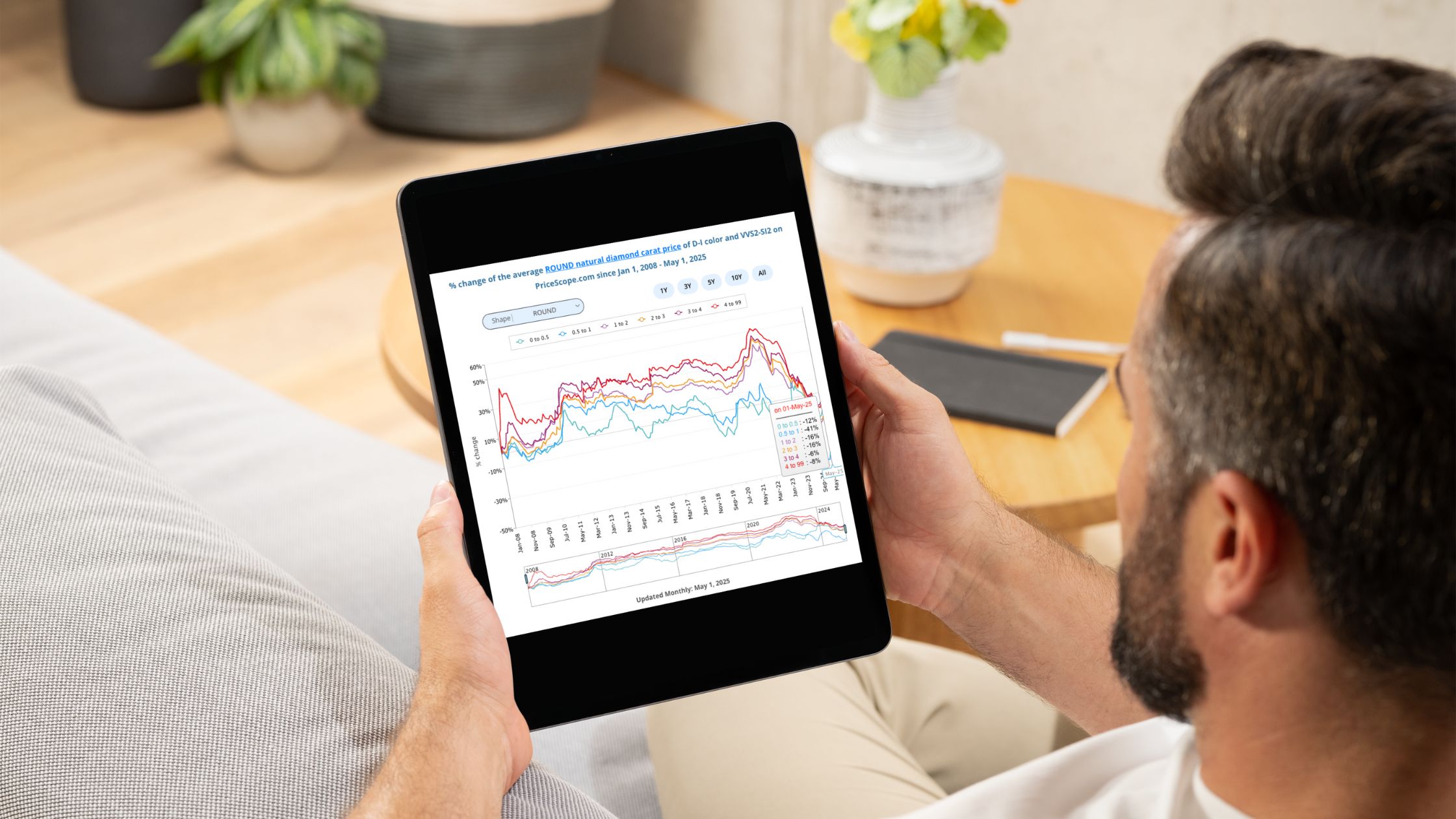- Joined
- Jul 15, 2009
- Messages
- 356
Well I want to clarify something on the blue zircon...
Anyone knowing the art of heating red/brown Cambodian zircon can look in Kurt Nassau''s book on gemstone enhancement and see that you are taking the red/brown zircon to 150 degrees C and it will go to a red/orange or to a grayish brown; then you take the reddish brown and heat reducing to 1000 degrees C to get either the yellow to red or colorless or blue. Also if the color blue is not the best they take it to 900 degrees C exposed to air to better intensify the color. The first is done in charcoal; and if anyone out there has ever heated even tanzanite which is 800 degree F they will know that any inclusion, veil, or feather will intensify itself 5 fold if it does not crack in to. So inclusions in zircon and other gems most of the time will not take such heat... or if they do they will leave indicators of the heat process.
The rough crystals in which I still have a few are a medium to light blue still in their crystal formation and many have feathers and internal crystals that I am sure would split or expand to a fracture point at such temperature or halo out. Also you will see in my description they were bought as unheated as that was why I bought them as I was and am a collector and that was the reason of buying them as most are heated and these did not seem to be by laboratory analysis due to their internal crystal and other typical inclusions that will expand when heated to those temperatures. Plus you also learn to trust the integrity of the person you are buying from and this dealer was very well schooled in the treatment of gems; especially from the far east. If I was looking to buy the best color blue in zircon it would not have been those crystals...
I just wanted to make that clear as there seemed to be some skepticism in my being able to know if the gem had or not been heated.
Not worth the money to send to AGTA for an analysis; but I do know they are in nature just like blue topaz; but they are not the knock your socks off intense blue like the heated ones I have seen both cut and in rough.
Just wanted to clarify or quantify how I reached my judgement on the mineral being heated or unheated.. No disrespect intended

Anyone knowing the art of heating red/brown Cambodian zircon can look in Kurt Nassau''s book on gemstone enhancement and see that you are taking the red/brown zircon to 150 degrees C and it will go to a red/orange or to a grayish brown; then you take the reddish brown and heat reducing to 1000 degrees C to get either the yellow to red or colorless or blue. Also if the color blue is not the best they take it to 900 degrees C exposed to air to better intensify the color. The first is done in charcoal; and if anyone out there has ever heated even tanzanite which is 800 degree F they will know that any inclusion, veil, or feather will intensify itself 5 fold if it does not crack in to. So inclusions in zircon and other gems most of the time will not take such heat... or if they do they will leave indicators of the heat process.
The rough crystals in which I still have a few are a medium to light blue still in their crystal formation and many have feathers and internal crystals that I am sure would split or expand to a fracture point at such temperature or halo out. Also you will see in my description they were bought as unheated as that was why I bought them as I was and am a collector and that was the reason of buying them as most are heated and these did not seem to be by laboratory analysis due to their internal crystal and other typical inclusions that will expand when heated to those temperatures. Plus you also learn to trust the integrity of the person you are buying from and this dealer was very well schooled in the treatment of gems; especially from the far east. If I was looking to buy the best color blue in zircon it would not have been those crystals...
I just wanted to make that clear as there seemed to be some skepticism in my being able to know if the gem had or not been heated.
Not worth the money to send to AGTA for an analysis; but I do know they are in nature just like blue topaz; but they are not the knock your socks off intense blue like the heated ones I have seen both cut and in rough.
Just wanted to clarify or quantify how I reached my judgement on the mineral being heated or unheated.. No disrespect intended







300x240.png)